Massage Springfield VA
Release stress and recharge with our professional massage therapist in springfield, va. Call or book your appointment today!
Years of Experience
Welcome to Serenity Head Spa
Give us an hour... and we'll refresh your soul.
Life can get busy, and stress tends to pile up. Whether it’s from the grind of daily life or just needing a moment to yourself, we all deserve a break. At Serenity Head Spa, we’re here to help you relax and unwind.
Give us an hour… and we’ll refresh your soul. Our expert team is ready to guide you through a rejuvenating experience that leaves you feeling completely renewed. Whether it’s a soothing massage or a relaxing treatment, we’ve got you covered. Take the time to treat yourself – you deserve it! Call us today or walk in for a session that’s all about YOU.
We’ve Got a Treatment for You
Let Go of Stress... and Experience Our Soothing Massage Services in Springfield, VA
Life’s everyday stresses can weigh on you, but it’s time to let go and relax. At Serenity Head Spa, our expert therapists are here to melt away tension and restore your balance. Experience relaxation today – book online, call, or walk in!
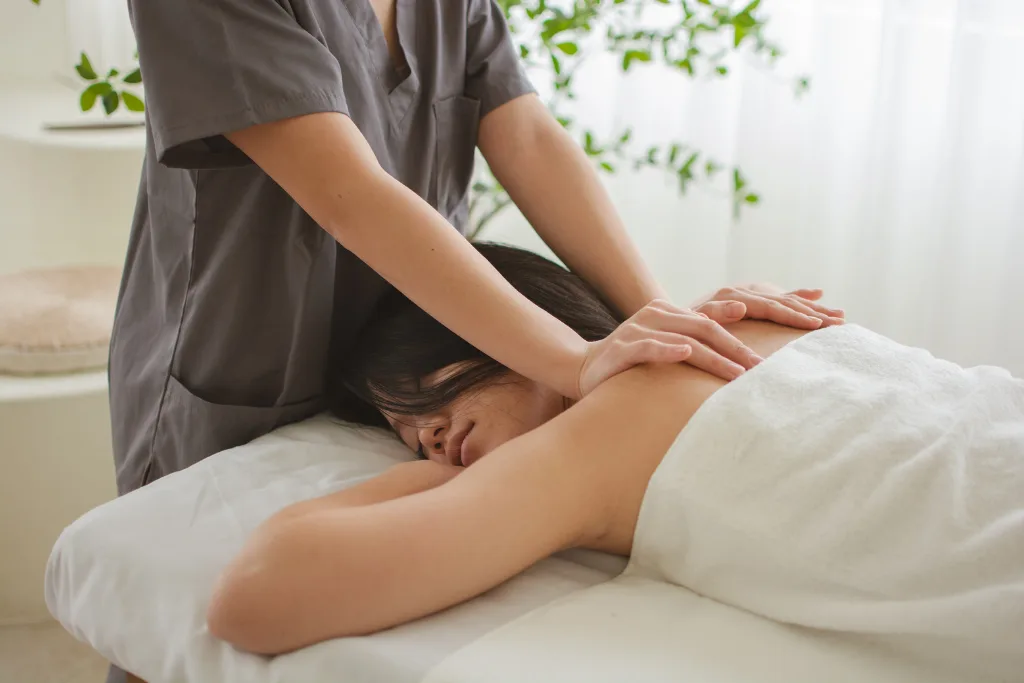
Relaxation Massage
A gentle, comprehensive massage perfect for calming your mind and rejuvenating your body.
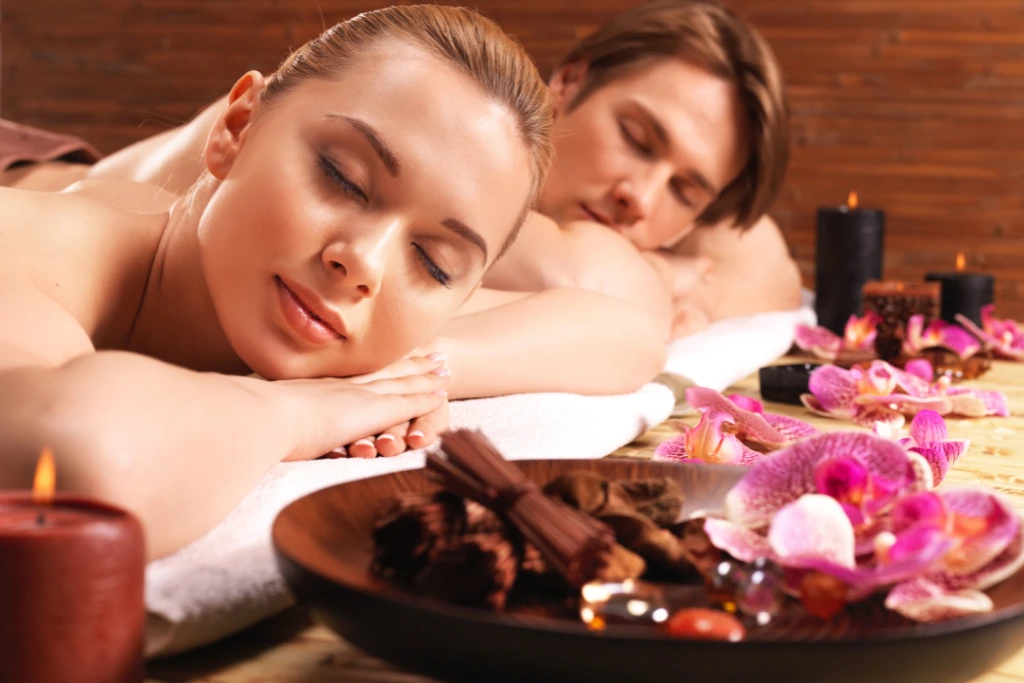
Couples Massage
Experience a holistic journey together, blending traditional and modern techniques for ultimate relaxation.

Lymphatic Drainage Massage
This full-body massage helps stimulate your lymphatic system to remove toxins from your body. It also boosts your immunity and supports overall health.

Back Massage
Target stress and tension in a quick, focused treatment. Perfect for leaving you feeling refreshed and rejuvenated.
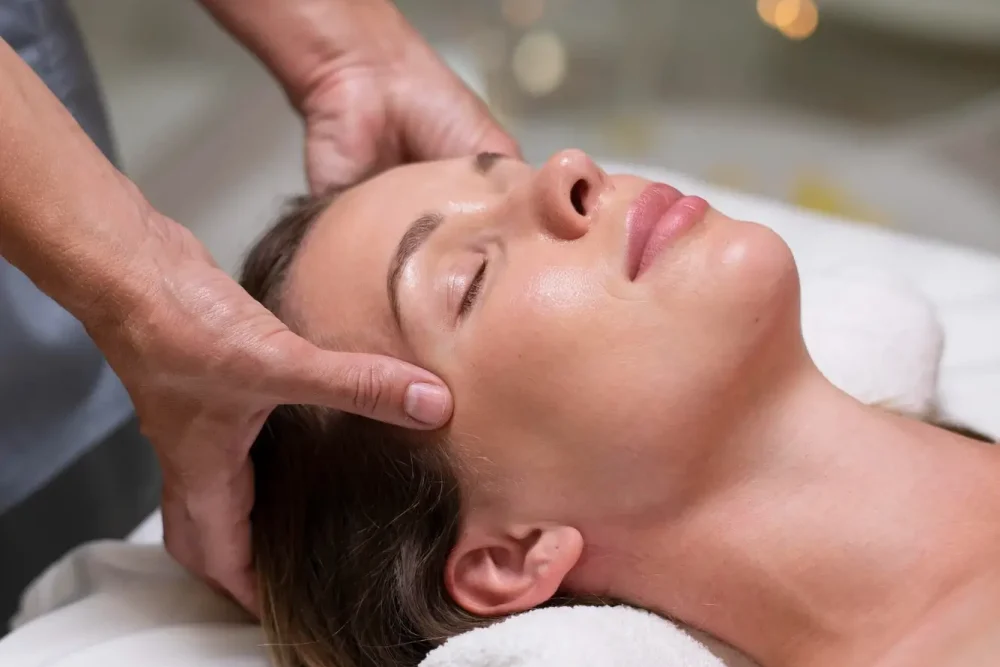
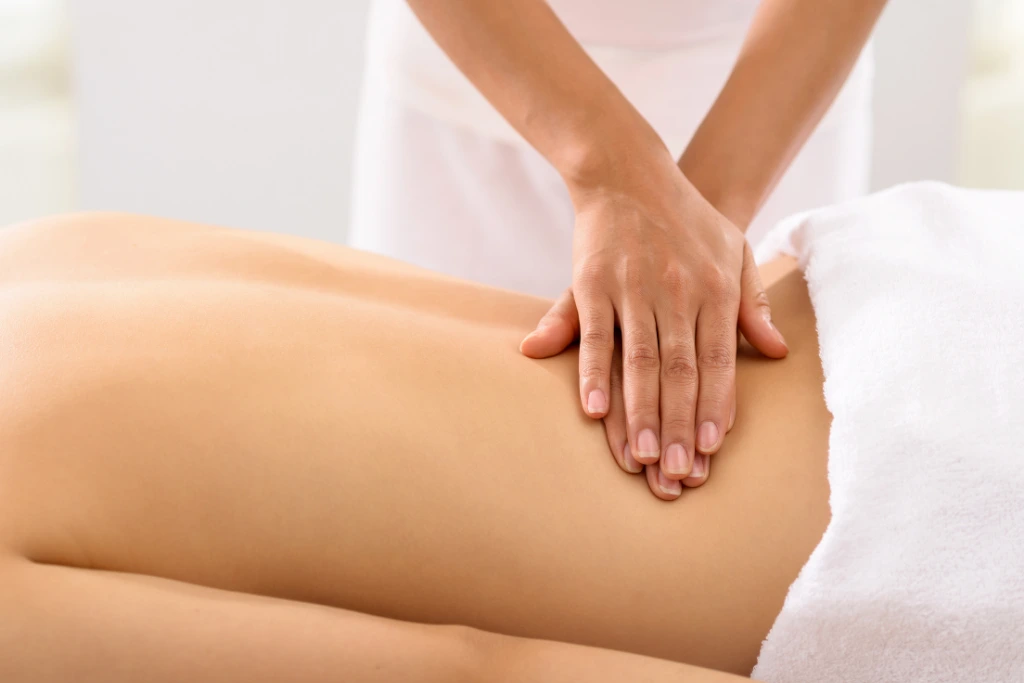
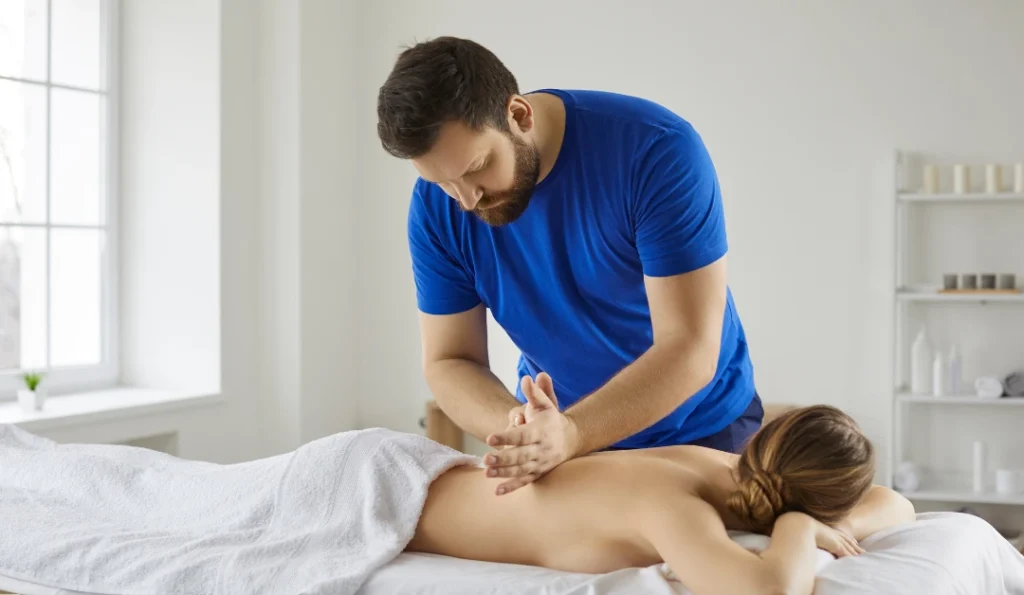
Experience the Benefits of Our Massages…
Our expert massages help you feel better inside and out. Each session targets stress and pain while bringing complete relaxation.
Stress Relief
Release the weight of the world with our stress-busting massages that leave you calm and at ease.
Pain Management
Our specialized massage techniques soothe sore muscles and target chronic pain. We provide lasting relief and help you feel better.
Relaxation & Rejuvenation
Feel balanced and recharged with our massages, designed to reset both body and mind.
Detoxification
Our lymphatic drainage massage helps clear out toxins from your body. It boosts your wellness and helps you feel your best.
Anti-Aging
Our facial treatments hydrate your skin and leave it feeling refreshed. The treatments also help you look glowing and more youthful.
Massage Therapy... FOR A CALM BODY AND CLEAR MIND.
Stress and tension can affect both your body and mind. Our massage therapy helps release built-up stress and bring balance and calm. Whether you have a busy schedule or emotional strain, we’re here to help you relax.
Our skilled therapists use different techniques to ease tension. Each massage experience is tailored to your needs. From gentle Swedish massages to deeper, focused treatments, every session provides full relaxation.
Taking time for yourself is important for your health. With our massage therapy, you’ll feel relaxed in your body and refreshed in your mind. You’ll be ready to face life with more energy and calm.
Relax and recharge – because your well-being matters at Serenity Head Spa.
Testimonial
What Our Clients Are Saying…
At Serenity Head Spa, our client’s experiences speak for themselves. See how our expert therapies have helped them relax, recharge, and find relief.
I went to Head Spa Serenity in Springfield with my husband looking to relieve our stress, an aunt recommended it to me and it really exceeded our expectations. The atmosphere was very relaxing with soft music and the entire spa is impeccable and very beautiful. I loved washing my hair with soft massages in my scalp, they used good quality products, the staff was very friendly explaining each step of the process before starting. We left with soft and shiny hair, but the best thing was the feeling of peace and well-being. I would definitely recommend it to those who want to pamper themselves

General Customer
Loved, loved, loved this hidden gem!! My best friend and I went for her birthday and it was amazing! The staff was super accommodating, very flexible when we needed to push our appointments about an hour later, and the services were some of the best I have ever had. We got just the basic head spa package and it was 70 minutes of pure bliss and tranquility. I have never felt more relaxed and calm and we’re already planning to go back in a few week! I also highly recommend Sophie - she was AMAZING!

General Customer
Took my mom that was visiting me from Chicago to this place and she absolutely loved it!! Staff was great and the place was clean and professional. We did a “couples” package so we could be in the same room and enjoy it together:) It was our first time going to a heads spa and We had an amazing time!! My mom loved it so much she told me anytime she visits me she wants to go haha super relaxing and our hair felt so soft after 🙂 definitely recommend.. can’t wait to book my next appointment!

General Customer
5 Stars – Absolutely Amazing Experience at Serenity Head Spa with Lia! I came all the way from Hawaii for a business trip and decided to treat myself to a session at Serenity Head Spa —and WOW, was it worth it! From the moment I walked in, they made me feel completely at ease. The warm energy and expert touch transformed my visit into a truly relaxing, rejuvenating, and luxurious experience.
Get Ready to Relax
Take the first step to relaxation—schedule your massage now!
Relaxation Massage
Our Relaxation Massage is a great way to refresh both your mind and body. It eases tension and stress, leaving you feeling calm, relaxed, and balanced.
The Benefits of Relaxation Massage
Tranquil Mind
Let go of mental stress and clear your mind, embracing deep relaxation.
Body Rejuvenation
Ease muscle tightness and restore your body’s natural balance, leaving you feeling refreshed.
Stress Relief
Relax and unwind as we ease your stress and rejuvenate your body.
$
119
/60 min


Couples Massage
Our Couples Massage offers more than relaxation. It gives you a shared, calming experience that supports both your body and mind. Whether you visit with a partner, friend, or family member, our therapists create a peaceful space. You can relax together and enjoy the moment. With a mix of classic and modern techniques. We provide a refreshing and memorable experience.
The Benefits of Couples Massage
Shared Relaxation
Experience the calming effects of a relaxing massage alongside a loved one. It creates lasting memories and a deeper bond.
Holistic Healing
Our tailored techniques help you both relax, reduce stress, and promote overall wellness.
Comprehensive Relaxation
Feel the tension melt away as you and your guest experience a full-body treatment. It restores balance and tranquility.
$
238
/60 min
Lymphatic Drainage Massage
Our Lymphatic Drainage Massage (for women only) helps your lymphatic system remove toxins and boost your immune system. This full-body treatment uses simple techniques to support your body’s natural detox process. You’ll feel refreshed, energized, and healthier. It’s a great way to cleanse your body and improve your overall wellness.
The Benefits of Lymphatic Drainage Massage
Detox & Revitalize
Boost your body’s natural ability to remove toxins and waste, enhancing your overall health.
Immune Boost
Strengthen your immune system and promote better circulation with this specialized massage.
$
179
/90 min


Back Massage
Experience quick relief with our 30-minute back massage, made to melt away tension and stress. Our expert therapists focus on key pressure points to release tight muscles and improve circulation. This helps ease stubborn muscle knots and leaves your body feeling refreshed. You’ll feel rejuvenated and relaxed after each session. Ideal for a busy schedule, this treatment quickly relieves stress and back pain.
The Benefits of Back Massage
Focused Relief
Target muscle knots and tension in your back, restoring comfort and flexibility.
Quick Escape
Take a break from your hectic day and feel refreshed in just 30 minutes.
$
139
/60 min
Frequently Asked Questions
Q. What discounts do you offer for cash payments?
We offer $20 off for sessions over 70 minutes and $40 off when booking for two people together. Cash payments are also appreciated!
Q. Can I tip my therapist in cash?
Yes, our therapists always appreciate cash tips.
Q. How far in advance do I need to book my appointment?
You must book at least 4 hours in advance. If you’d like to book within 4 hours, please call us at 301-301-9998 to check availability.
Q. What makes Serenity Head Spa different from other spas?
We specialize in scalp care and offer a unique blend of relaxation and hair wellness services. Our tranquil ambiance and expert therapists ensure that every visit is a peaceful retreat.
Q. How long is the 30-minute Back Massage, and what does it focus on?
Our 30-minute Back Massage is a focused treatment that targets key pressure points. It helps relieve muscle knots and improve circulation. This massage is perfect for anyone short on time but needing quick tension relief.

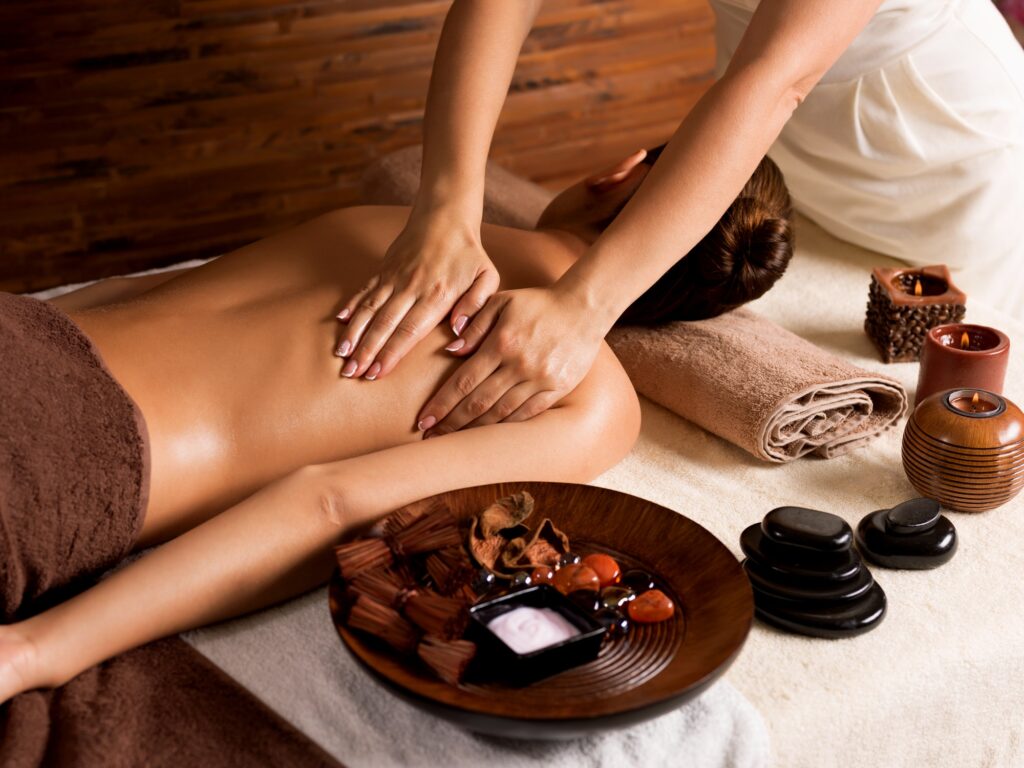
Nancy
General Customer